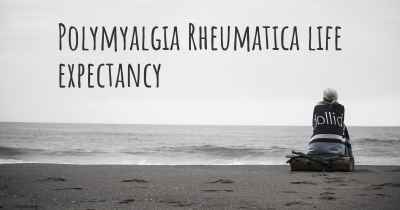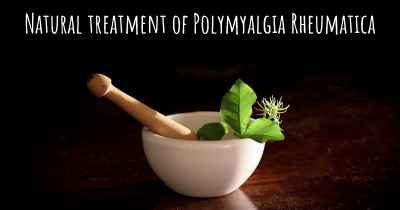Which are the symptoms of Polymyalgia Rheumatica?
See the worst symptoms of affected by Polymyalgia Rheumatica here

Symptoms of Polymyalgia Rheumatica
Polymyalgia Rheumatica (PMR) is a relatively common inflammatory condition that primarily affects individuals over the age of 50. It is characterized by pain and stiffness in the muscles, particularly in the shoulders, neck, and hips. The exact cause of PMR is unknown, but it is believed to involve an abnormal immune response.
1. Muscle Pain and Stiffness: The hallmark symptom of PMR is severe muscle pain and stiffness, which is typically worse in the morning or after periods of inactivity. The pain can be debilitating and may affect both sides of the body symmetrically. The stiffness can make it difficult to perform daily activities such as getting out of bed or lifting objects.
2. Shoulder and Neck Pain: PMR often presents with pain and stiffness in the shoulders and neck. This can make it challenging to raise the arms overhead or rotate the neck. The pain may radiate down the arms and limit the range of motion.
3. Hip and Pelvic Pain: Another common symptom of PMR is pain and stiffness in the hips and pelvic region. This can cause difficulty with walking, climbing stairs, or getting up from a seated position. The pain may also extend to the buttocks and thighs.
4. Fatigue and Malaise: Many individuals with PMR experience a general feeling of fatigue and malaise. This can be attributed to the underlying inflammation and the impact it has on overall well-being. Fatigue may be particularly pronounced during flare-ups of the condition.
5. Low-grade Fever: Some individuals with PMR may develop a low-grade fever, typically below 100.4°F (38°C). This fever is thought to be a result of the inflammatory response in the body.
6. Weight Loss and Loss of Appetite: In some cases, PMR can lead to unintentional weight loss and a decreased appetite. This may be due to the systemic inflammation affecting the body's metabolism and overall nutritional status.
7. Morning Stiffness: Morning stiffness is a characteristic feature of PMR. Individuals often experience significant stiffness and pain upon waking up, which improves with movement and activity throughout the day.
8. Limited Range of Motion: The stiffness associated with PMR can result in a limited range of motion in the affected joints. This can make it challenging to perform simple tasks such as reaching overhead, bending down, or turning the head.
9. Depression and Mood Changes: Chronic pain and the impact of PMR on daily activities can lead to feelings of depression and mood changes. It is important for individuals with PMR to seek emotional support and address any mental health concerns.
10. Temporal Arteritis: Temporal arteritis, also known as giant cell arteritis, is a condition that often coexists with PMR. It involves inflammation of the blood vessels, particularly those in the head and neck. Symptoms may include severe headaches, scalp tenderness, jaw pain, and vision problems. Temporal arteritis requires immediate medical attention as it can lead to serious complications if left untreated.
If you are experiencing any of these symptoms, it is important to consult with a healthcare professional for an accurate diagnosis and appropriate management of your condition. Early detection and treatment of PMR can help alleviate symptoms and improve quality of life.








